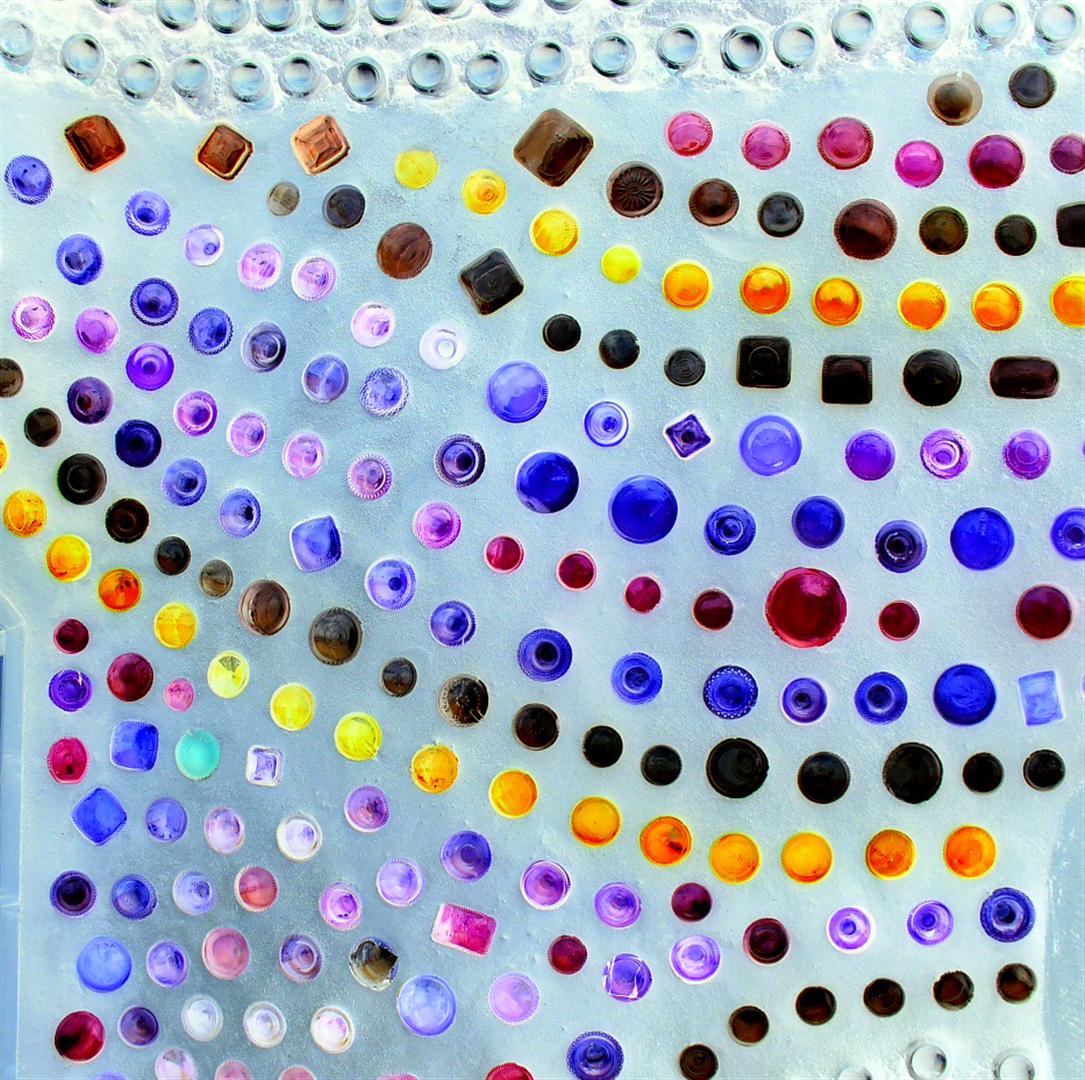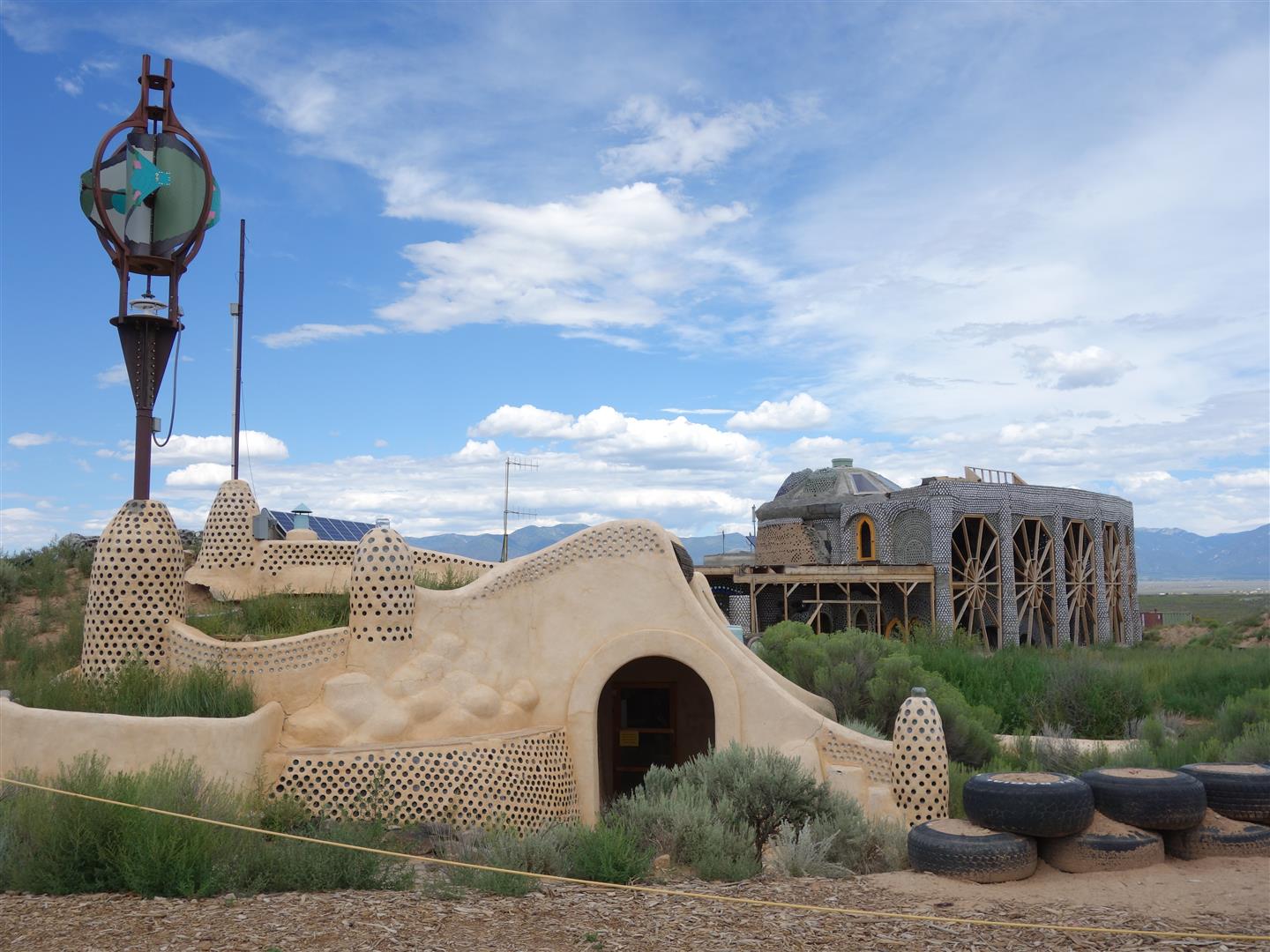Recently, I got an email asking me what could be done to an existing home to make it “earthship-like”. The text of the email I received was this:
Hi, do you know of any resources available about converting an existing traditional home structure into an “earthship” or more sustainable design? It would seem to be an important niche, especially if a simple system could be installed that easily bypasses traditional water/electric/waste systems. Thank you.
I offered that you wouldn’t really want to do that with a bit of justification why, and we built on the conversation over a couple of days. During that time, the asker let me know that they had also asked the Earthship concept’s main cheerleader/builder about what could be done to retrofit a traditional home to be more Earthship-like, and they were offered some ideas.
The asker shared the response with me, and I am sharing the four ideas they were offered with you today… because the better part of what they were offered was TERRIBLE ADVICE. It was so bad that it took me a couple of days to begin to formulate a response. Even then, I was so distraught about how to actually help them that I called in backup… bringing in Marcus Lewitski, the founder of what was Earthship Europe (now Permahome), to help explain WHY these are bad ideas.
So. Let’s just start at the beginning - we don’t really know here what we are dealing with. Before ANY answer should be offered, we need to establish some baseline criteria by answering two important questions.
- WHERE IS THE BUILDING?
There is no way to know what type of design techniques will work without knowing where the building is. The orientation of the building on the site, its location, landscape, and climate are all critical factors in good design.
- WHAT IS THE BUILDING MADE OF?
There is no way to know what you can potentially do to retrofit a building without knowing something about the existing construction of the home. Is it frame? CMU (concrete block)? Brick? Concrete? Is it in-ground, on-ground, or on piles? How many stories is it? When was it built? What are the insulating materials, what are the windows, and what is the roof construction? Is it designed for passive solar gain?
These details are necessary to understand before we offer any ideas design-wise regarding retrofitting.
We will endeavor to explain what each of the Earthship firm’s suggestions (in italics) mean to the potential re-builder in the Northern hemisphere.
EB Idea #1: “If your house has a South facing side with lots of windows or if you can add windows then maybe you can add a greenhouse.”
This answer seems to be predicated on the idea that the Earthship-style greenhouse with windows along the south side of the home is the only way to add a greenhouse. That’s just not true. AND the Earthship greenhouse is poorly designed, for a variety of reasons it took me two chapters of the book to explain. Let me do what I can to help illustrate how those issues apply to this particular question.
So, let’s assume that you can build the earthship-style greenhouse on the south. Here’s how that can go wrong:
A. If your house has lots of windows on the south intended for passive solar gain and you add a greenhouse, then you will be diminishing the performance of the passive solar. And if you are in a cold, wet climate, and your home uses passive solar, you can increase your heating load significantly by adding a greenhouse.
B. You will be adding high humidity to a building that is most likely not designed for it. Marcus reminds us that “in this scenario we are combining the moisture transpired by the plants with the moisture transpired by people, so in other words – a lot more moisture.” The reason the earthships work as well as they do is because the interior walls are made of concrete, which is forgiving, humidity-wise. A frame building will slowly start to rot from inside if the greenhouse is open to the home.
C. The greenhouse may also cause the home to overheat, as it does in the traditional Earthships themselves for up to 9months a year.
D. The greenhouse addition will change the way natural ventilation works.
E. The typical Earthship greenhouse design adds thermal bridges that cause heat loss during winter and heat gain during the summer. So you have a much higher potential for uncomfortable hot and cold spots in the home.
To add to that, some locations don’t require greenhouses for growing food. In the American South, for instance, you can grow everything you need outside. So to add a greenhouse “just because” is an unnecessary expense that can actually cause more harm than good. And a greenhouse can easily cost $20,000 to build.
Here’s how we recommend addressing these issues:
If you do want a greenhouse, you can put it quite literally anywhere except directly north of the home if it is attached. And, for that matter, it doesn’t need to be attached to the house at all. As Marcus points out so perfectly, “Attaching a greenhouse to a building shouldn’t be a major problem. Ventilation will of course have to be taken into consideration and if the intention is to use the greenhouse all year round in a cold climate (i.e. a heated greenhouse) – one should implement a heat exchanger into the ventilation system to save on heating as much as possible. But then again – effective and energy saving ventilation shouldn’t be exclusively utilized in the greenhouse.”
To resolve the issue of diminishing passive solar performance, a solution for locating a greenhouse without diminishing the performance of the passive solar heating is to simply locate the greenhouse on the west side of the house instead, like a wing facing south. In this way the sun’s path to the thermal mass won’t get obstructed by the greenhouse or the plants therein, and your plants will still be able to receive a lot of sun. The north wall of the greenhouse could then be constructed of a continuous wall of thermal mass (cob, adobe, bricks, stones etc.), insulated on its outside with straw or some other natural insulation material. There’s really no point in having windows on the north side of a greenhouse.
Another factor that needs to be taken into consideration when trying to answer this question is what kind of passive solar we are talking about here. Passive solar in the sense that you want to store the Sun’s heat from daytime to nighttime? Or a so called PAHS-system (Passive Annual Heat Storage) that stores heat from summer to winter? OR the kind of combined daily AND annual heat storage system that the Earthship concept aims at? This third kind of passive solar doesn’t really make any sense really, because the two first systems implement thermal mass in different ways. An annual system (PAHS) needs vast amounts of insulated thermal mass in order to store heat from summer to winter. You also need to consider the different alternatives of how to store and deliver the captured heat. But no matter what choices you make you will still need an appropriate location for this to work properly, and it needs to be a place with many sun hours even during winter. Especially in the great many areas that do not have adequate sunshine, this system doesn’t make any sense, mainly due to the laws of thermodynamics. (The issues of which we describe in detail in the Passive Solar design chapter in the book.)
Marcus continues, “As I see it the daily system is a bit more universal in its application since it works quite well even with other heat sources than the Sun. It will even out the temperatures during the day by absorbing excess heat which it will later release during the night when the indoor air temperature falls. And since you have a substantially lower mass, it won’t take as long to equalize the temperature of the thermal mass with the indoor air temperature and you don’t have to burn extensive amounts of fuel in order for the house to stay warm during cloudy periods…
These are major issues and factors to consider whenever you build a house, no matter where you build it. Especially if you want to build sustainably. Good designers won’t just blurt out advice like that just because it agrees with the product they are trying to sell. People are starting to become more interested in sustainability and it is in everyone’s best interest that people get the best advice available… and that’s simply not the case here, far from it.”
EB Idea #2: “The North side windows should be closed up. You can add insulation.”
We shouldn’t close up the North windows “just because.” The reason the earthships do this is because of the berm. If you do not have a berm, and do not live where there is ice or snow, there is NO reason to close up your north windows. In fact, there are many reasons not to. For one, earthships use operable skylights in those rooms in lieu of windows. Without natural light and ventilation, those rooms will be dark, moldy, and dank. This gets exacerbated when you introduce humidity into the home with a greenhouse. Also, artists and people with light sensitivity like the cool light that comes in from north windows. It’s more even and gentler on tired eyes.
Ventilation is critical, and to get that, we ideally want two windows on opposite sides of the room. That allows air in one side and out the other. If the south and north are no longer accessible for adequate air, then we can get sick. That’s not okay. These two bad ideas (the greenhouse and closing North windows) put together can destroy what is already working with your home!
Adding insulation to the home is only a good idea if you live in an area that is either a) very cold, or b) hot and arid. The house should be ultra-light and raised above the ground in tropical or humid regions. So this advice is also not well considered for many potential remodelers. This is why we explain in detail in the book what the impacts of climate can be on the design of the home.
EB Idea #3: “If you install a metal roof you can do water catchment.”
Absolutely true. The cost of a new metal roof these days, with an upgrade for most homes to the recommended energy-efficient insulation, can cost upwards of $35k. Adding cisterns can set you back another $7k. Excavating for them can be another $3k or so. Gutters and piping can be around $1k. So that upgrade will cost you $45k and allow you to catch water you can take a shower in but not drink. That’s an awfully expensive shower. Adding water filtration will tack on another $2k, at least, usually.
EB Idea #4 “And you could add solar power.”
Absolutely. You can. That’s a great idea and in many places, the solar power companies will get you into a system suitable for your area for around the same cost per month as your old utilities. Unless you live in far northern climates like Alaska, where the batteries required to make solar work can bring the system cost up to $100k or more. The good news is… while the battery technology is moving forward in terms of efficiency, durability and cost effectiveness, they are still very expensive. Hopefully that will change soon.
I hope this effort helps people to understand what could go wrong in their buildings if they blindly follow bad advice from people whose job it is to propagate the idea they are wanting to sell you. You deserve better information. That’s what we are trying to get to you. That said, if you have been successful or unsuccessful at adding details from Earthships to YOUR traditional building, please let us know how it went, and we’ll adjust this accordingly.
Blessings, everybody.




